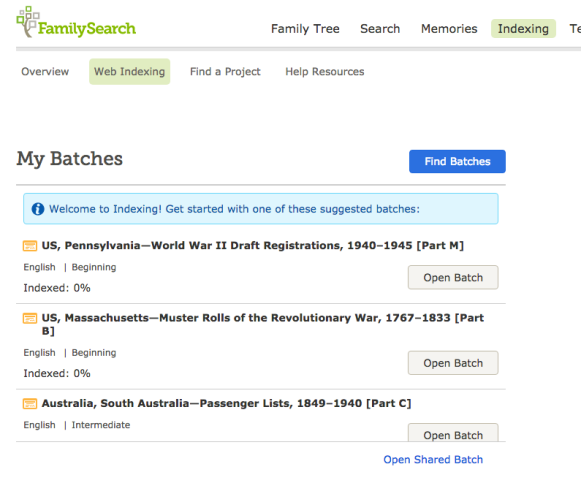
Peter Allan Darby
August 03, 1946 – July 11, 2018
It is with great sadness that the family of Peter Allan Darby of Innisfail, Alberta, announces his passing after a brief illness, on Wednesday, July 11, at the age of 71 years.
Peter was born on August 3, 1946 in Nottingham City Hospital located in Sherwood Forest, England, the only son of James Henry and Rosa May Darby. Peter attended an advanced placement secondary school, then graduated from Westminster College, Oxford in the United Kingdom in 1967. He left shortly afterwards to teach in Chikankata Secondary School in Zambia, Africa. It was there that he met his wife, Linda Papsdorf. The two were married July 26, 1969 in Nottingham, England. Peter and Linda moved to Alberta, Canada in 1970, where he continued his education and received a masters degree in geography, eventually settling west of Innisfail where they raised their family in the great outdoors.
Peter was a teacher and later vice principal at Didsbury High School. In 1979, he moved to the Innisfail area and became the vice principal, and later the principal at Bowden Grandview School. After working in Bowden, Peter moved to the County of Red Deer Schools central office where he was the director of secondary education, assistant superintendent, and then deputy superintendent of schools. During this time, he also obtained a doctorate degree in educational leadership from Brigham Young University. Peter finished his career working for the Government of Alberta as chair of the School Technology Task Group. After many years serving students and educators, Peter retired in 2001.
His talent and skill with technology allowed him to help many with their computer challenges and their family history work.
Peter served faithfully in many church callings throughout his life, including bishop of the Innisfail ward. He and his wife, Linda, served a family history mission in Salt Lake City, Utah. Peter also served many years as a part-time Family Search service missionary as well as an area family history advisor. He has shared his knowledge and talent by teaching courses to others and also by planning family history conventions. His love for family history has continued throughout his life and has blessed his own family along with numerous others.
Many people have found a great and loyal friend in Peter. He has always been willing to serve and help any in need of assistance, whether it be a ride, a meal, a hug or just a listening ear. He was a wonderful husband, father, and grandfather and will be missed greatly by all— especially his workforce (grandchildren) who will especially miss their payment of pop, their golf games, and eating ice cream for breakfast.
He is survived by his wife Linda, his four sons; David (Angela), Paul (Michelle), Mark (Megan), and Andrew (Leah), and his 14 grandchildren; Kaeley, Nathan, Maeghan, Ben, Joshua, Sam, Merrin, Sydney, Tessa, Madeline, Levi, Kallie, Chloe, and Kate.

